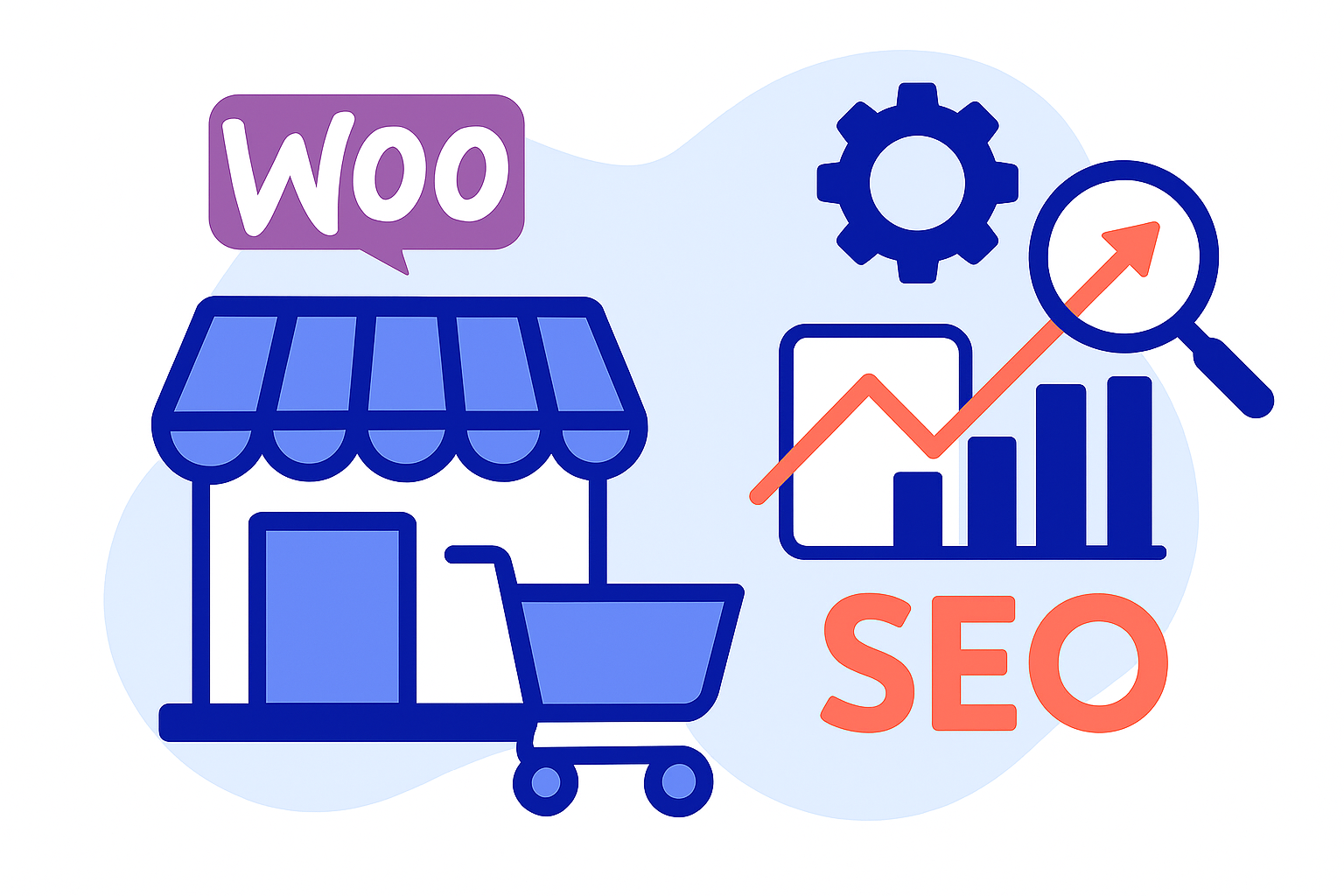
Understanding WordPress Optimization and Performance Principles – interview with Remkus de Vries
Website performance is often misunderstood – often reduced to a set of technical tweaks applied after a site goes live. In reality, it’s a foundational element in building digital products that scale effectively, convert reliably, and stand the test of time. We explored this topic in our latest podcast episode with Remkus de Vries.
Remkus de Vries is a co-founder of ScanFully and an experienced WordPress performance consultant. He has been working with WordPress professionally since 2006 and has contributed to the WordPress core project. Over the years, he has optimized numerous high-traffic websites, including complex WooCommerce stores serving millions of monthly pageviews.
During the episode, we explored what initially drew Remkus into the world of performance, how the evolution of WordPress shaped optimization challenges over time, and why so many teams still rely on outdated advice.
We are at a time when WordPress is still evolving into a more, and more dynamic and scalable platform.
Today web performance is less about patching problems and more about preventing them through smarter decisions made early in the build process.
Optimization Is a Practice, Not a Plugin
One of the most powerful insights from Remkus’ experience is that performance isn’t something you tack on – it’s something you plan for. Set performance budgets (TTFB, LCP, JS weight) before you write a line of code. Use Core Web Vitals and real user monitoring as part of your regular review cycle, not just post-launch diagnostics.
Teams that treat performance as an integrated discipline build faster, with fewer regressions and smoother QA.
As Remkus pointed out in our conversation, this shift in thinking requires not only better tooling, but also a mindset change. Teams need to stop viewing performance as a one-time fix and start treating it as an ongoing responsibility. That includes weekly signal reviews, proactive monitoring, and aligning performance metrics with product goals. Without this operational rhythm, even technically solid setups risk degradation over time.
Caching Won’t Save You From a Slow Stack
Caching has its place, but it’s not the silver bullet it’s often assumed to be. Most user-critical paths – cart pages, dashboards, account views, URL parameters – bypass cache altogether. If your infrastructure isn’t designed for fast uncached performance, caching can’t cover that up.
In other words: build for speed first, then add caching as a bonus – not a crutch.
Remkus emphasized that relying too heavily on caching creates a false sense of stability. When key user journeys – like logged-in sessions or dynamic content – bypass the cache, the weaknesses of the system are suddenly exposed. That’s why the underlying architecture must be built to perform even in worst-case conditions. Otherwise, every update, plugin change, or traffic spike becomes a potential risk.
Complexity Grows Fast – and Quietly
One of the core issues Remkus highlighted is the slow build-up of technical debt through convenience. WordPress makes it easy to launch complex features with no-code tools, but that flexibility can turn into fragility.
Page builders, plugin stacks, and theme add-ons often introduce redundant queries, bloated markup, and unnecessary requests.
That’s why routine plugin audits, simplification of WooCommerce templates, and consolidation of overlapping features are key to sustainable performance. Remkus noted that many teams don’t notice the performance impact of added complexity until it’s too late. Features are layered on top of each other – often to meet short-term needs – but each one adds overhead. He advised treating every new plugin as a liability unless it’s clearly justified. In performance work, restraint is a feature.
Lab Tests Aren’t Reality
Tools like Lighthouse and PageSpeed Insights are helpful – but they simulate performance in a vacuum. Real users access your site under entirely different conditions: logged in, on mobile, with campaign parameters, hitting dynamic content.
Effective optimization requires testing in those real-world flows, especially on the pages that generate revenue.
Remkus explained that lab tools are useful, but limited. A Lighthouse score doesn’t reflect how the site performs when a logged-in user lands on a campaign page with UTM parameters, dynamic elements, and personalized content. Real bottlenecks often hide in these scenarios—and only field data reveals them.
The Competitive Edge Comes From Performance Thinking
Today, performance isn’t just about better UX. It directly affects SEO rankings, conversion rates, and infrastructure costs. For high-traffic sites or e-commerce stores, speed is revenue.
Teams who treat performance as part of product strategy – not a technical checkbox – stay ahead.
As Remkus shared, performance isn’t just about faster load timesit’s a lens through which to make smarter product decisions. Whether it’s choosing the right hosting solution, reducing technical debt, or deciding how much tracking to load on a landing page, performance becomes a guiding principle that drives better outcomes across the board. They spot regressions early, avoid scaling issues, and deliver faster experiences where it matters most.

Full episode with Remkus de Vries
Want to hear the full conversation with Remkus de Vries? Check out the latest 🎙️ Osom to Know podcast.
You can also watch us on our YouTube – don’t forget to hit subscribe! 📩
And if you’re planning a new store or need to rethink your current stack, reach out – at Osom Studio, we build performance into every sprint.
